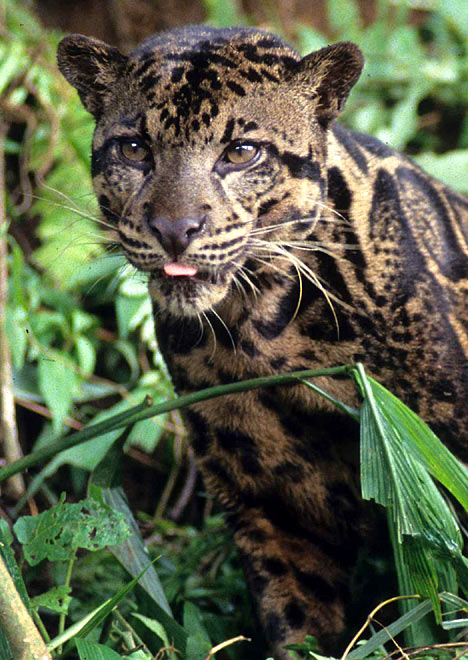First of all, thank you for reading
my blog. I've enjoyed searching and reading through the possibilities and
challenges ahead of the current ecosystem. My blog began with exploring
previous extinction events and whether the 'Sixth Extinction' would happen.
Currently, after all the fruitful readings on these topics, I would say humans
have contributed greatly to the likelihood of the 'Sixth Extinction'. And this
extinction would not be an abrupt event. Arguably, it would be gradual..
Previous mass extinctions gave us
some insights into what might possibly be the underlying reasons to currently
endangered or recently extinct species. Methane and climate threats are among
those that are our current threats. But along the causes of climate change, I
recognised that those related to humans are most influential in pushing towards
the edge of a mass extinction event. Their
actions alter habitats and introduce invasive species. Specifically, hunting
and poaching have been extremely destructive to animals, insects and marine
species. Many species are threatened as a result of human practices.
) |
| Little egret |
But in this last blog, I would like to share some alternative perspectives I came across that I found interesting. Perhaps extinction is just a process of evolution and therefore is inevitable? Just like mass extinctions in the past, current extinction of species might be part of the natural cycle on Earth. When humans are added to the equation, species that extinct are the ones which fail to negotiate with the changing environment. In other words, they are part of the evolutionary loss. Further, humans are not necessary a destructive force. Bringing about new species can be seen as increasing biodiversity overall (perhaps not locally..).
Undoubtedly, there are still uncertainties about future extinctions. We see evidence of some species disappearing from the planet, but there is certainly not a mass extinction yet. I just hope to see greater effort in protecting endangered species, thereby minimising the amount of species reaching the edge of extinction.











